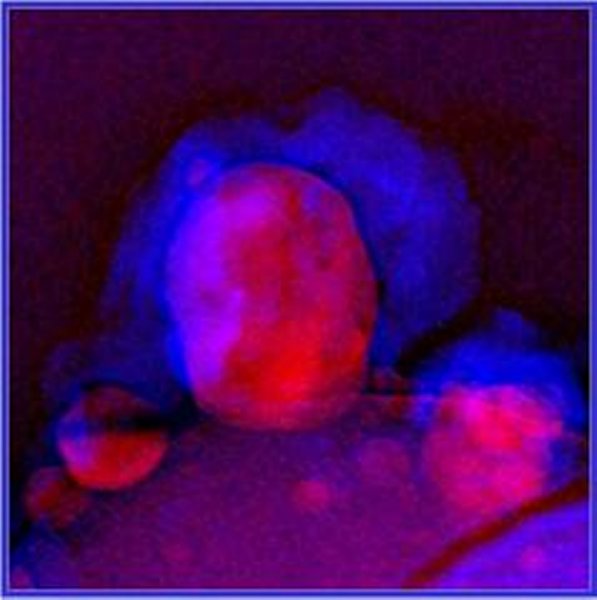
Understanding the Nanoparticle in Renewable Energy

Using a powerful electron microscope, a research group at Arizona State University has observed dynamic behavior in small catalytic nanoparticles during energy-related chemical reactions.
Nanomaterials can act as catalysts for many important chemical reactions related to sustainable energy. However, many of the best catalysts are composed of expensive precious metals such as platinum or gold. Understanding the way catalysts control chemical reactions is critical to development of less expensive materials for widespread use in technologies such as fuel cells and solar energy.
Nanoparticles have unique properties that scientists can exploit to control many chemical reactions, including those relevant to sustainable energy. Peter Crozier and his team at Arizona State University correlated the catalytic properties of nanoparticles with their structures and provided fundamental insights into the functionalities of this important class of materials. Their work could lead to the development of improved catalysts for energy applications.
The goal of this research is to develop a fundamental understanding of the nanoscale processes that take place during the synthesis and early operation of supported metal catalysts. The technological impacts of supported metal catalysts on society are enormous, and there are many important scientific questions that remain unanswered concerning their synthesis and operation under reactive gas conditions. In the synthesis of many supported metal catalysts, self-assembly processes create fine dispersions of metal nanoparticles on high surface area supports. This research will investigate the steps in these self-assembly processes and also the evolution of catalyst morphology under near reactor conditions.
The broader technological impact of the proposed work will be significant because the information obtained from this research can be used to develop improved methods for controlling nanoparticle formation and evolution of supported metal catalysts. The impregnation techniques to be examined in this project are widely used for manufacturing commercial catalysts. Correlating the nanoscale changes that take place during gas-solid reactions with catalyst performance will contribute to a molecular-level understanding of the synthesis-structure-performance relationships.























